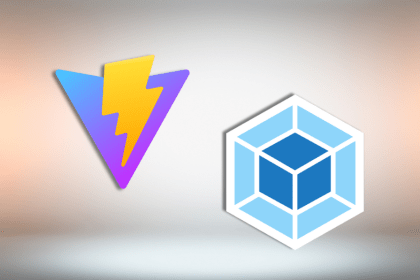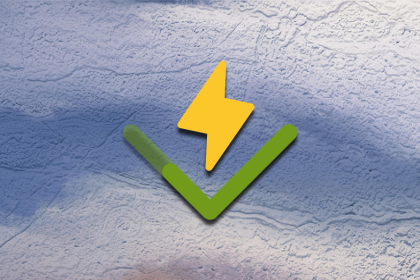
children correctly in TypeScriptLearn modern best practices for typing React children in TypeScript, including ReactNode, PropsWithChildren, ComponentProps, and why React.FC is no longer recommended.

Learn how to internationalize Next.js apps with Lingui and next-intl, covering App Router, RSC, routing, locale detection, and dynamic language switching.

Vite vs Webpack in 2025: a senior engineer’s take on performance, developer experience, build control, and when each tool makes sense for React apps.

Learn how Vitest 4 makes migrating from Jest painless, with codemods, faster tests, native ESM, browser testing, and a better DX.
Would you be interested in joining LogRocket's developer community?
Join LogRocket’s Content Advisory Board. You’ll help inform the type of content we create and get access to exclusive meetups, social accreditation, and swag.
Sign up now
2 Replies to "New in Chrome 76: The frosted glass effect with backdrop-filter"
Instead of writing
@supports (backdrop-filter: none) {
…
backdrop-filter: blur(8px);
…
}
one should be writing
@supports (backdrop-filter: blur(8px)) {
…
backdrop-filter: blur(8px);
…
}
because you’re not in fact interested if the browser supports “backdrop-filter: none”, right?
This is especially important once you realize that the same property (e.g. display) supports values with wide range of support by different UAs.
Hi Mikko,
The idea is to query the support of the property instead of the value. Querying for “backdrop-filter: none” will throw the same true / false result as querying for “backdrop-filter: 8px”, but allow us to change the value in a single place if for whatever reason we decide to do that in the future.
It might not be such a dramatic impact in the small scale, but going with a query for property+value can lead to issues as the codebase grows and we start to have a lot of repetition and forgotten queries that doesn’t really make sense.
Your point is certainly valid for properties such as display or position, but for most others, querying for property instead of property+value is a better approach in my opinion.